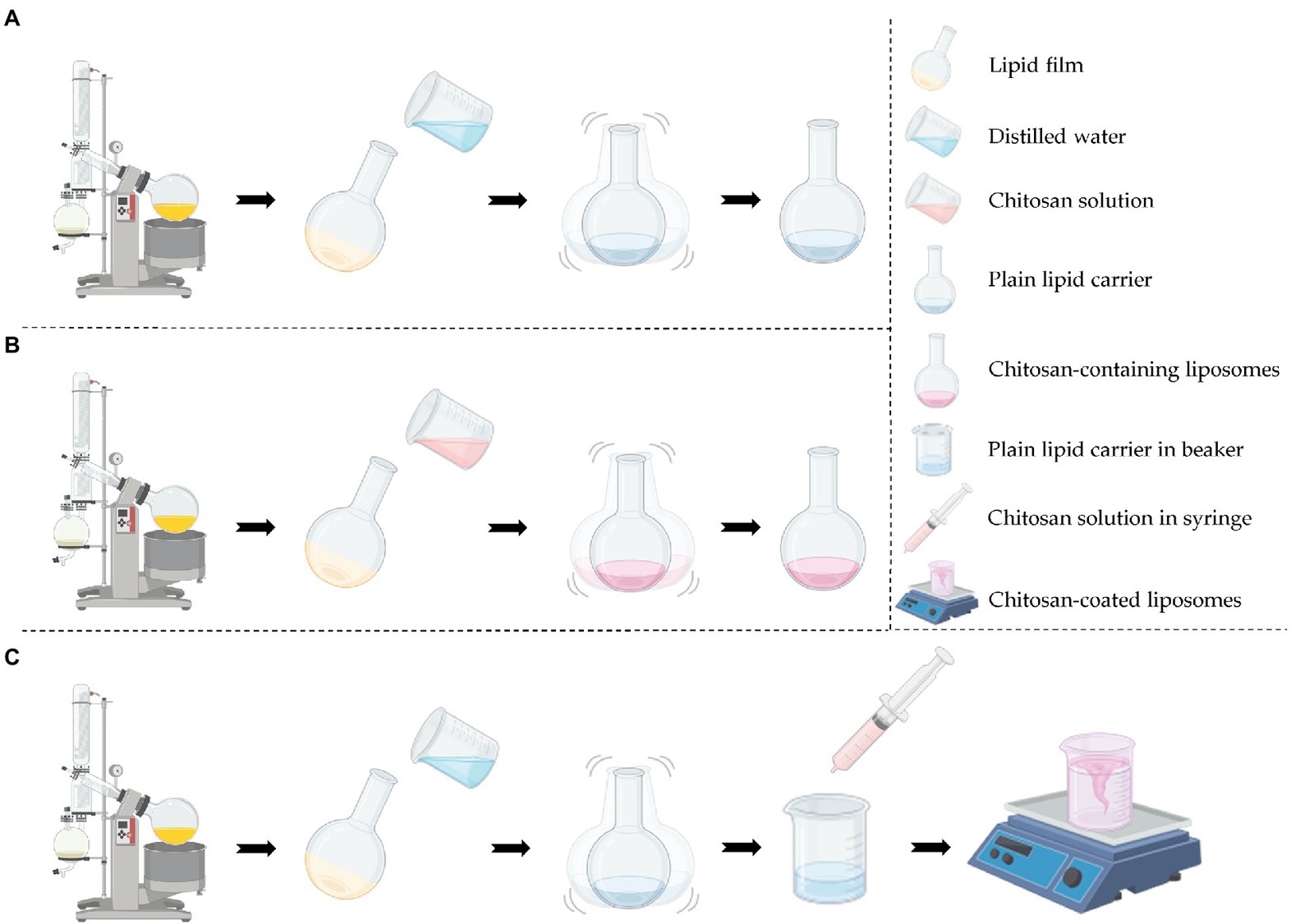In recent years, the interaction between polysaccharide-mediated liposomes and target cells has become the focus of research. Among glycoproteins, glycolipids, viral proteins, polysaccharides, lipopolysaccharides and other glycoligands, polysaccharide anchored liposome system has great application prospects in drug delivery, targeting and immunity.
Although compared with other drug delivery systems, liposomes have undoubtedly been accepted as potential drug carriers, but there are still some basic problems that need to be overcome before liposomal drug delivery systems are used in clinical practice. First, considerable stability against chemical and/or enzymatic cleavage must be obtained in vivo within a reasonable time. In other words, the carrier needs to have a long shelf-life. Secondly, simpler procedures must be developed to achieve targeting. Polyclonal and monoclonal antibodies have been mainly used in targetable drug delivery systems. In addition, liposomes coated with modified polysaccharides also showed significant physicochemical stability, resistance to enzyme destruction and ability to target specific tissues and cells.
 Fig.1 Structure of chitosan coated liposome
Fig.1 Structure of chitosan coated liposome
Over the years, various strategies have been developed, including coating liposomes with natural or hydrophobic polysaccharides, i.e., mannan, pullulan, amylopectin, dextran, or their palmitoyl or cholesteryl acyl derivatives. Polysaccharide coatings tend to be physicochemically stable and site-specific vesicle structures in biological environments. In the development of polysaccharide-anchored liposomes, it is very important to consider the mechanism and method of polysaccharide binding to the bilayer membrane and the influence on the permeability, fluidity and integrity of the bilayer membrane. The affinity and selectivity of the anchoring polysaccharide to its complementary ligand are ideal prerequisites for the system to have site specificity and targeting.
 Fig.2 Production procedure of the different vesicles1,2.
Fig.2 Production procedure of the different vesicles1,2.
Polysaccharide coated liposomes are considered to be a physically and chemically stable system that can resist biochemical and physicochemical stresses in biological fluids. Some characteristics of them make their application in drug delivery rationalized:
In the service of polysaccharide coated liposome development, Creative Biolabs provides customized one-stop liposome development services and liposome products according to clients' requirements based on years of experience and professional knowledge. For more detailed information, please feel free to contact us.
References
 For Research Use Only. Not For Clinical Use
For Research Use Only. Not For Clinical UseServices
Online Inquiry

